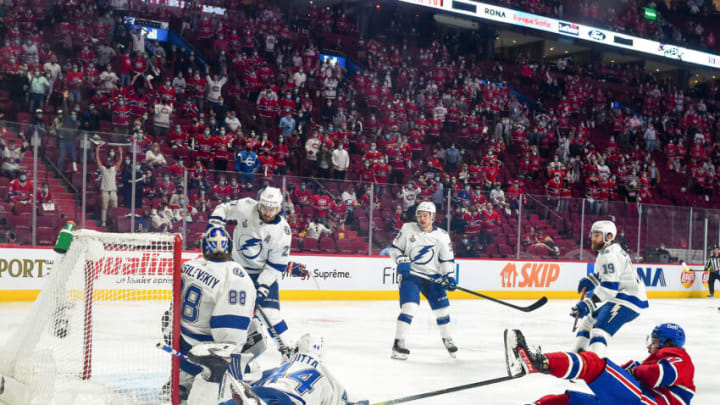The Montreal Canadiens’ magical run came to an unfortunate end in Tampa. Let us take a look back at the season as a whole and grade every player on the team for their performance relative to expectations.
I really didn’t want to be writing this piece just yet. I always had the intention to do so once the season ended and already had an outline prepped after Game 4 of the Toronto series (I am not as optimistic as some of you wonderful fans). I wrote similar report card articles last season for the regular season, the Pittsburgh series and the postseason as a whole.
After Josh Anderson’s OT goal on Monday, my faith in a championship was partially restored; at the very least, it gave us one last genuine celebration for the 2020-21 season, something Nikita Kucherov didn’t seem to appreciate very much.
I would like to let you know that this is a very long read if you have the time, but the beauty of report cards is that you also have the option to simply fly through all the grades without reading the justification. Just a reminder that these grades are relative to expectations, so for instance, Joel Edmundson receiving a higher grade than Jeff Petry is simply indicative of him being better than he was expected to be, not that he’s a better player than Petry. Enough preamble, let’s start with the goalies.
